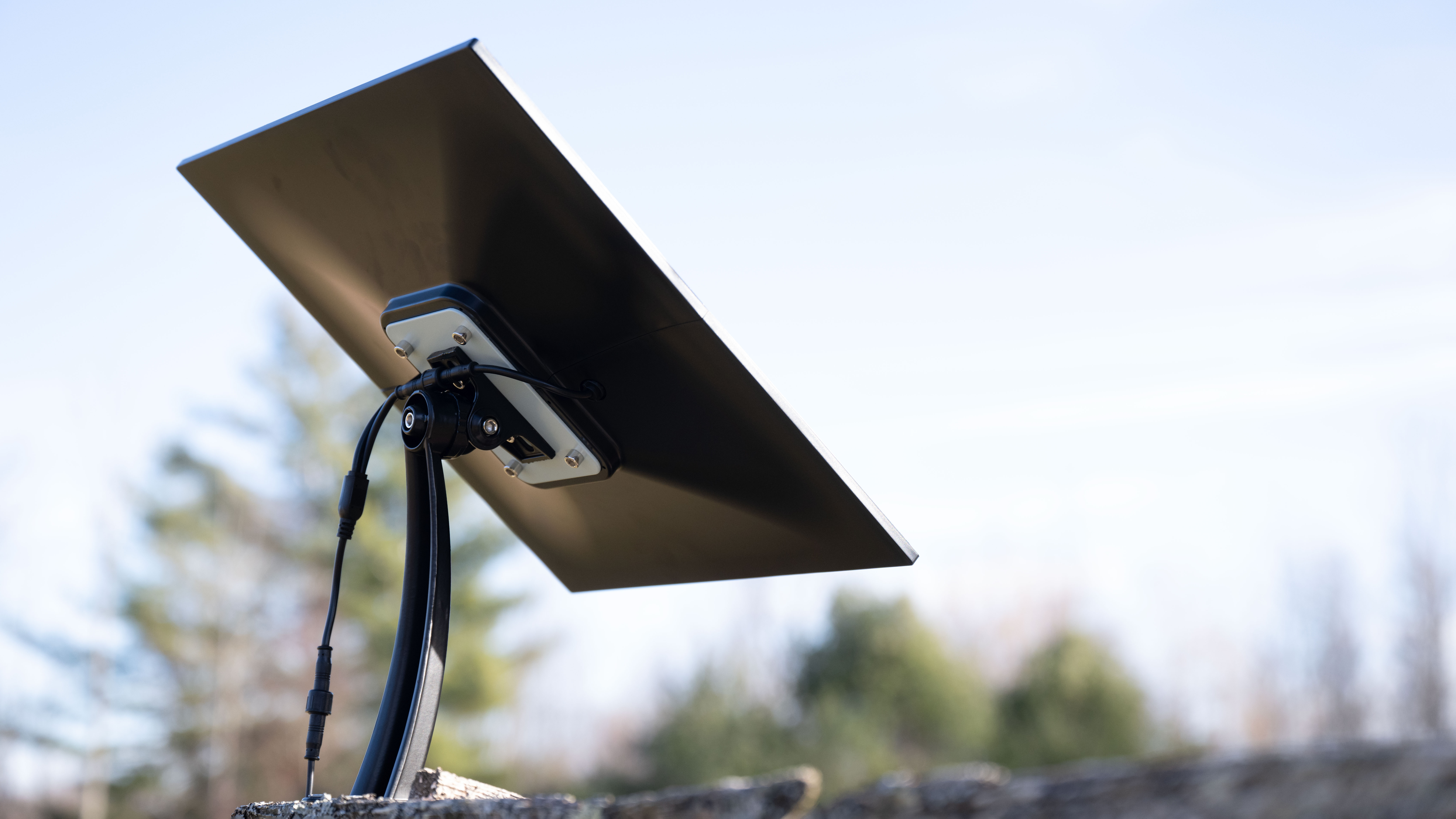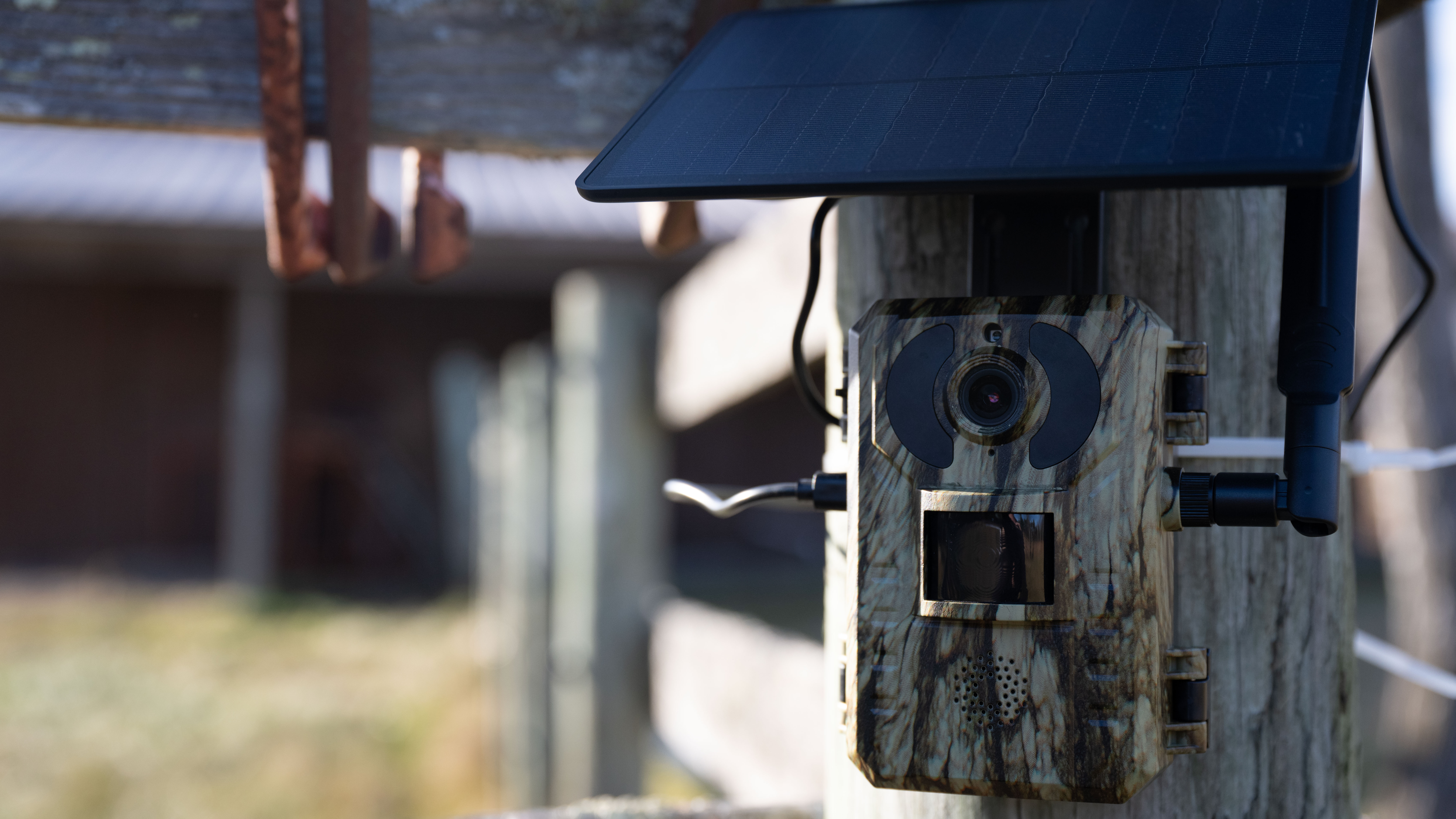
Trail cams are a great way to learn about the movements of wildlife in any chosen location. You can identify paths that help with wildlife photography or hunting (if that's your thing) or maybe you're just curious what goes on in and around any given place.
Camera: 2k Night Vision 850nm LED Low-glow night vision
Trigger Time: 0.2s
Video: HD up to 3.7MP2560 × 1440
SIM: IOT SIM Compatible
Power: 4W solar panel and built-in battery
Connectivity: Remote Monitoring & Cloud Storage via IOT SIM
There are hundreds of trail cams from all kinds of vendors at all kinds of price points but the ability to monitor remotely via a mobile network, and with night vision, is maybe the biggest feature to make or break any trail cams reputation.
The pricing for trail cams is all over the place too, it's hard to figure out how a $300+ trail cam is really any better than a sub $200 trail cam, and quite often the case is it's not. So let’s take a look at the SEHMUA 4G LTE 3rd Gen Cellular Trail Camera and see how it stacks up.
Sehmua 4G LTE 3rd Trail Cam: Features
The major item I look for in a trail cam is its battery life, however, since I live in the cold and (mostly wet and breezy) part of New York state I also need the camera to be waterproof and well-sealed.
Thankfully this SEHMUA 4G LTE 3rd Gen Cellular Trail Camera does just that, with a great combo of features (on paper) and for a great price but does it really deliver what is promised in its marketing jargon ?
Finding a spot for any trail cam is maybe the most important first step, maybe you already know where wildlife is present but some trial and error will mean the trail cam might need to move a few times until you find a great place.
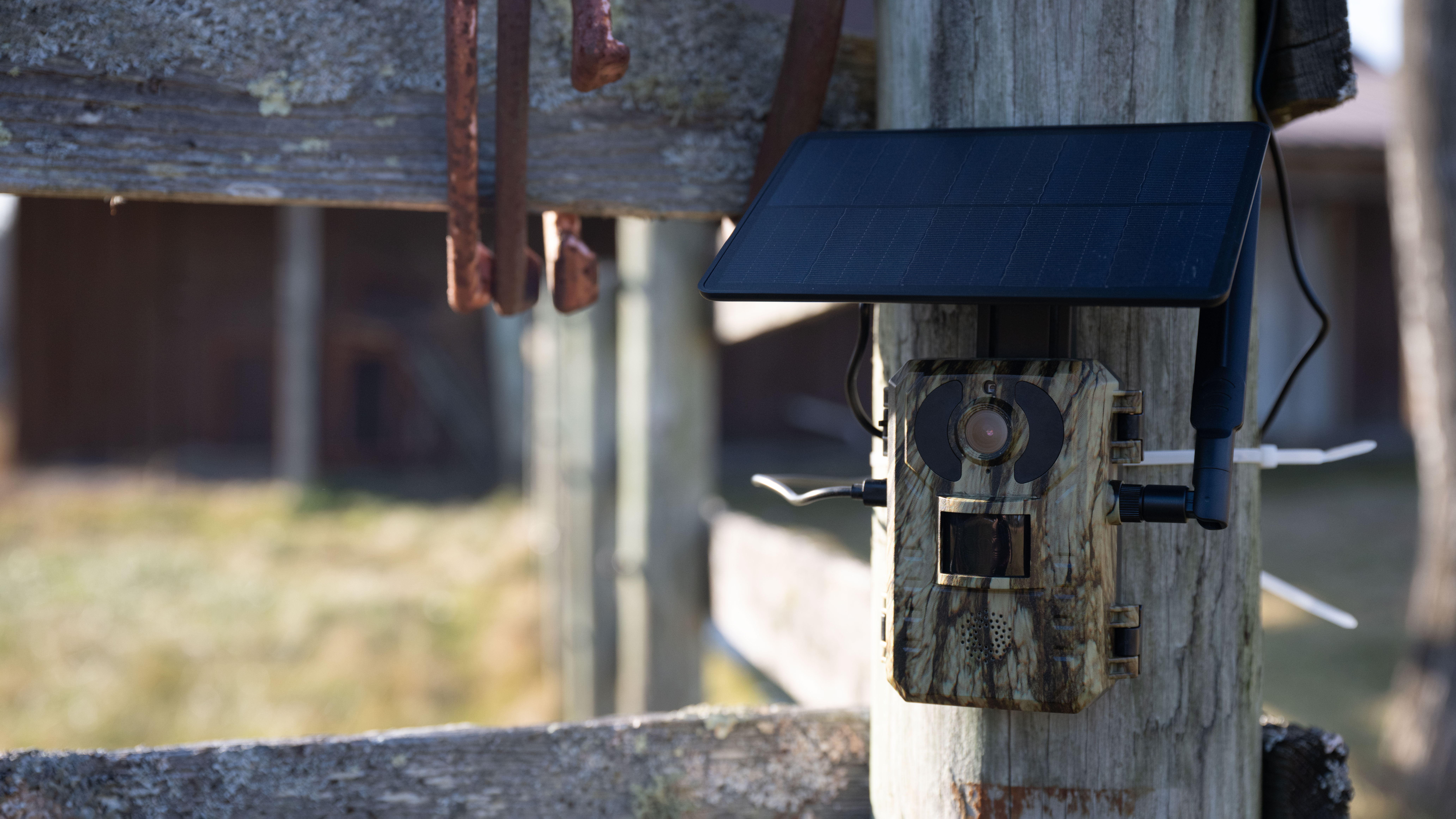
The supplied strap is great for placing the camera on a tree or post, and once you find somewhere I would prefer cable ties, even if that means “daisy chaining” them together to reach around an exceptionally large tree.
Just a heads up at this point the supplied instructions will ask you to place your camera and THEN ask for the QR code on the back, which means removing the camera again. This is a very small quip but it's highly annoying. Apart from that, the setup is straightforward (think mobile phone app, etc, etc), and once you activate the supplied SIM (around $14.99 pm depending on the data plan) and cloud storage ($3.99 pm) you should be all set.
When looking at SIM plans, just make sure you have a decent signal on any of the big three networks here in the US, (T-Mobile, AT&T, or Verizon). I only get Verizon signal here in rural NY, and had to “chat” with the SIM provider to change networks from T-Mobile, thankfully this didn't take long to do and a reset and reboot got me going. Again you might need to test out where you can get a signal, if you're in a rural location you might experience some choppy performance if/when you want to connect live and you “only” have 2 bars of signal. Just like a mobile phone the fewer bars you have the more power will be required to keep the connection up.
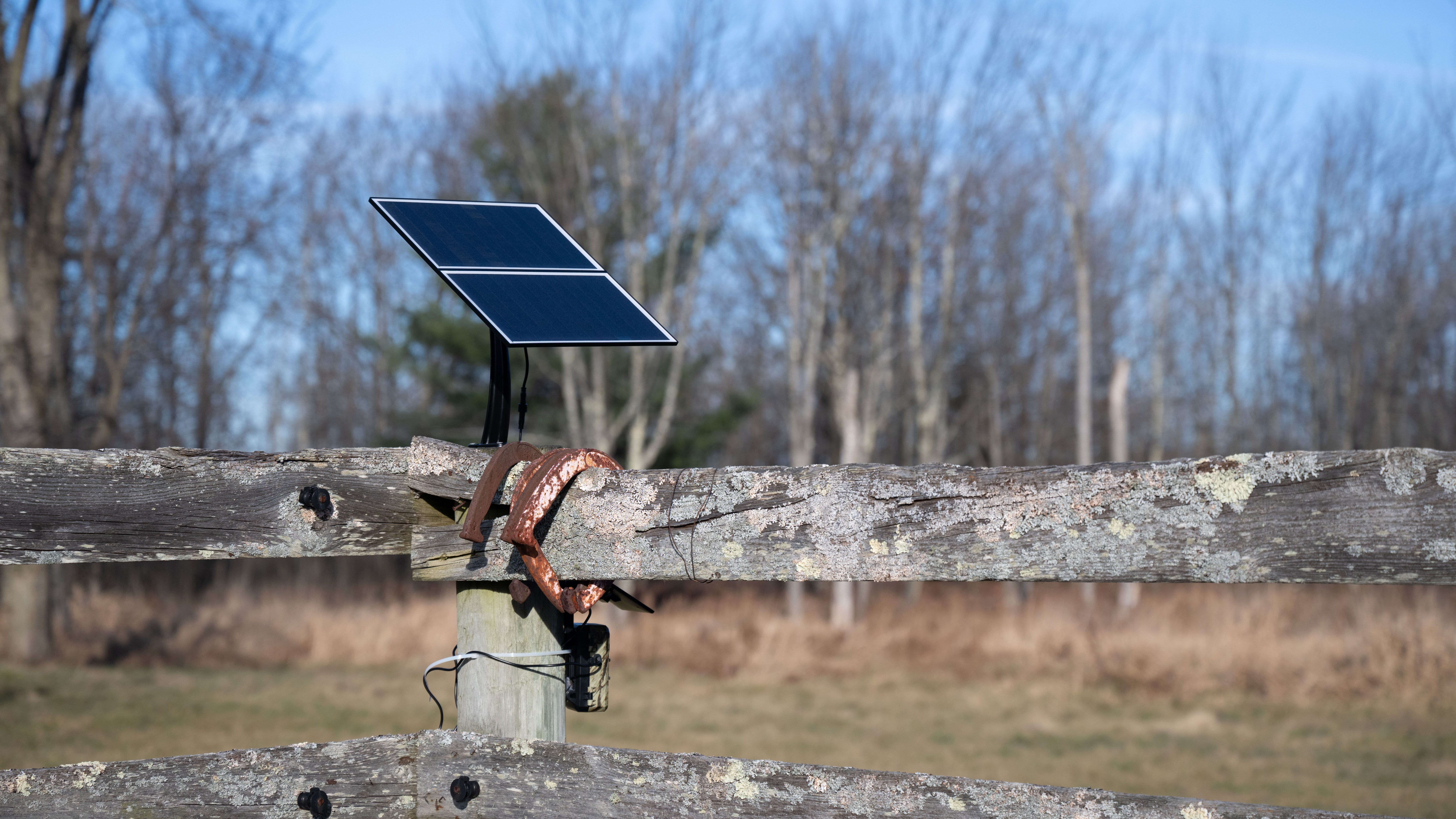
The attached 4W solar panel is just enough to keep the lights on, but again if you're in a great location with a perfect view of sunrise and or sunset you should see this trail cam powered nicely. The location of your trail cam will make or break your experience, and in my case, I needed a much bigger solar panel to keep the trail cam going. Using the standard 4W solar panel I barely got 22 hours of power.
This is a huge disappointment when for the same money I can get a trail cam that can last almost 2 years with 8 x AA batteries and an SD card only option. I was kindly supplied with a USB-C 20W solar panel which seems to have improved the power supply somewhat but the power feed is low given I'm testing this trail cam with 6 hours a day of light in December.
I do often wonder if the IOT SIM solution is the way to go, mostly because of A) the additional cost, and B) signals can be hard to get if you are not close to a city or town: after all, we are looking for wildlife here. If you're living in a city you would probably just grab a Google Nest Outdoor cam and attach it to your wifi and it would do a grand job with excellent battery life.
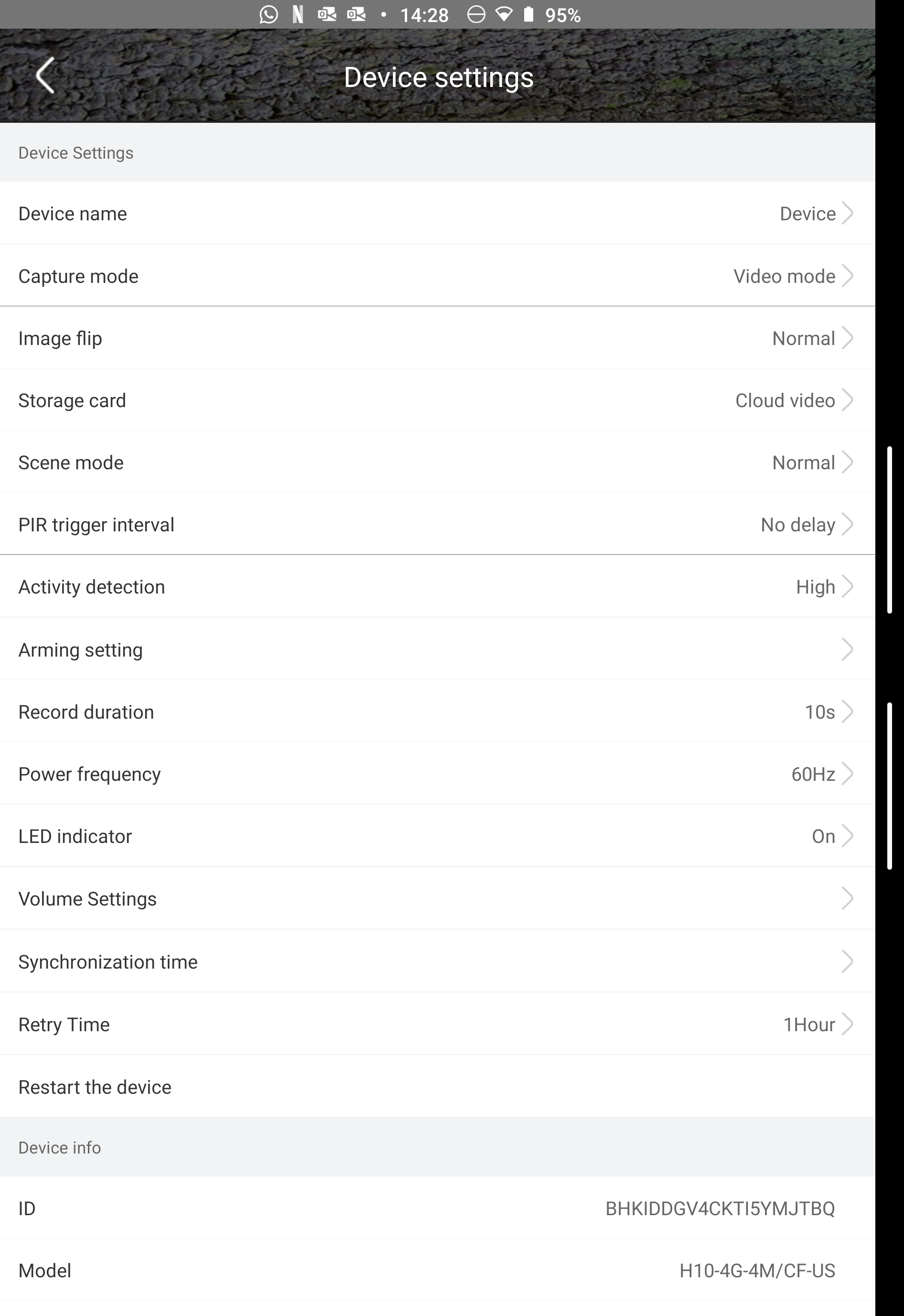
Sehmua 4G LTE 3rd Trail Cam: Design & Handling
Almost all the casing is plastic, it seems the lens is also plastic, which is standard for this price bracket of trail cams. One advantage is the weight saving, however, they do tend to start showing wear after a few seasons of extreme temps in both directions depending on the quality of plastics used.
As I mentioned before the strap eyelets can also be a great place to stress test the plastics and of course, they do break kinda easy, this SEHMUA 4G LTE 3rd Gen Cellular Trail Camera does have separate eyelets for cable ties (zip ties) and works great and the bite of the cable tie does seem to grip way better than the strap anyway.
The two slots inside the camera for the SD card and micro sim slot are a little fiddly and some supplied tweezers are helpful for getting the sim card in place, although getting it out is a bit of a horror show.
There are two clamps on the right side, the hinge is on the left as you look at the device and the seal didn't give me much hope for it, BUT after 2 snow storms and some rain, the trail cam held up and inside was bone dry.
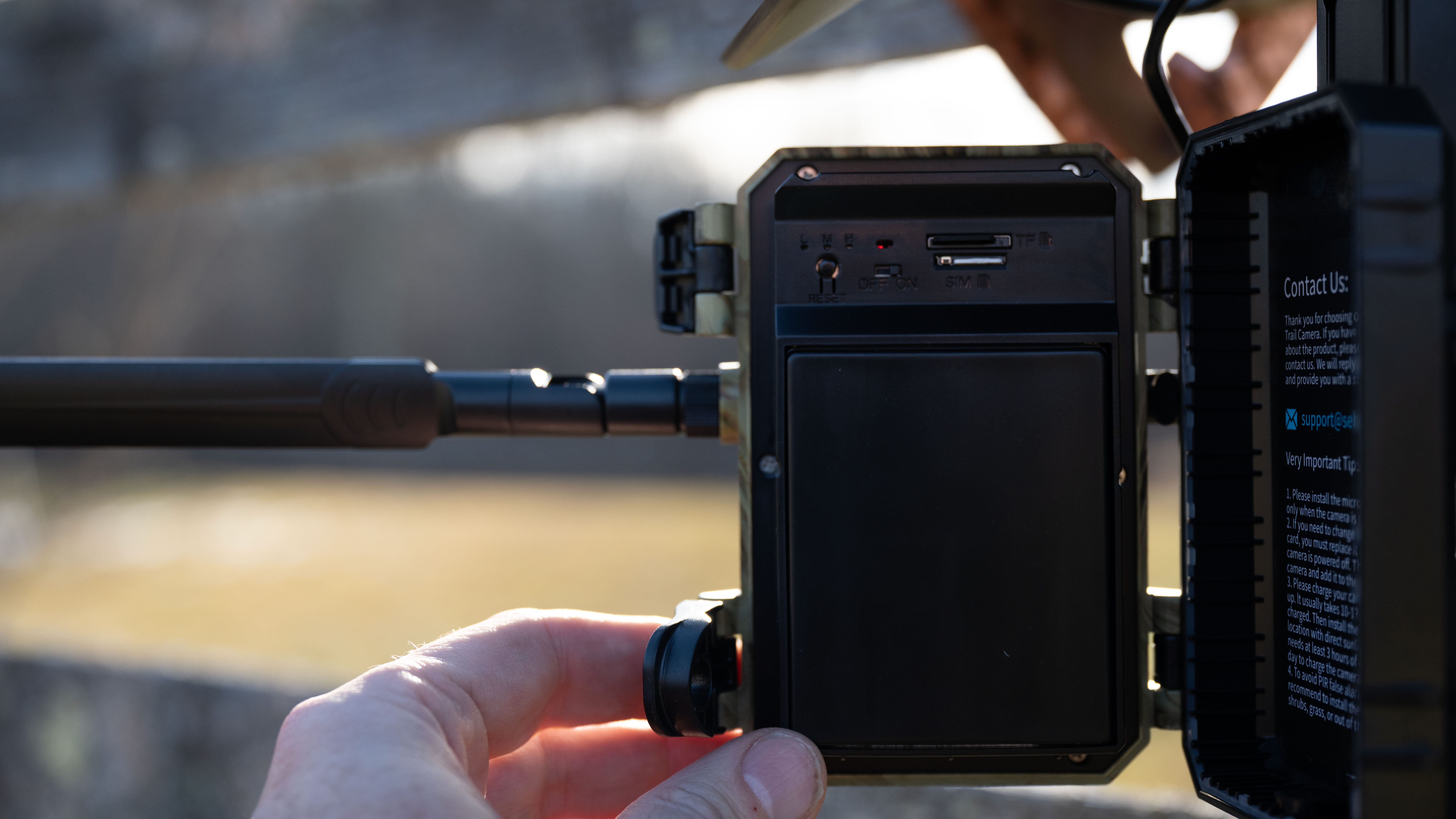
Sehmua 4G LTE 3rd Trail Cam: Performance
The actual cam performs as described when you ignore the SIM and remote connection issues as I mentioned earlier. You can see some sample footage below.
The triggering of 0.2 seconds is a bit tough to figure out if that's true or not but the video captured did seem to record about 10 seconds of useful footage, and you can change the video capture setting to up to 30 seconds (you can select 5, 10, 20, or 30 seconds only).
Handy options like the ability to flip the image if you are hanging the camera upside down, auto night mode. However, one very annoying “feature” is that you can not record videos and pictures at the same time, so you have to choose which one you want. With wildlife you want to know their direction, images don't always tell the story but I guess it has its uses.
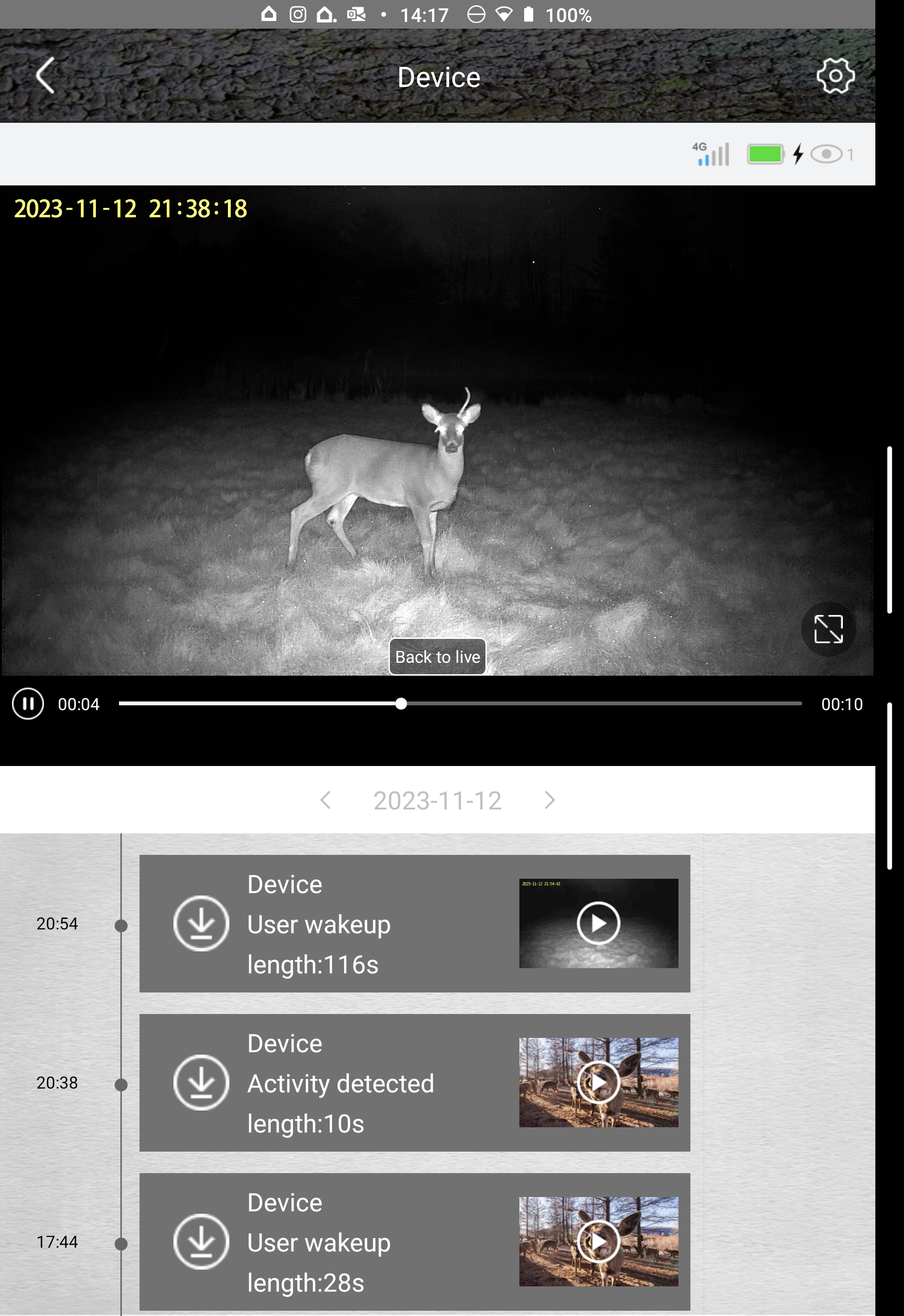
Sensitivity can be changed from High, Medium, or Low and you will need to decode the English used to describe them and make up your own mind on which one is best for you. I chose the high option and seemed to trigger as needed.
The app is a bit of a hot mess, and the UX could do with some thought behind it, for example, you can ONLY change the camera options once you have a live connection with it. You can also toggle between “High Def” and “Standard Def” although no actual information on what SD means and this option is hidden away in the top right of the live display screen, same with the settings, hidden away in the top right behind a cog wheel which seems to be dynamic between whatever screen you are looking at the time.
My biggest grumble is the connectivity issues and the standard 4W solar panel. I can’t think of either working well if you live in the boonies and/or in northern parts of the northern hemisphere in the case of the solar panel. The upgraded 20w solar panel did charge the camera to full nicely after a day of good sun.
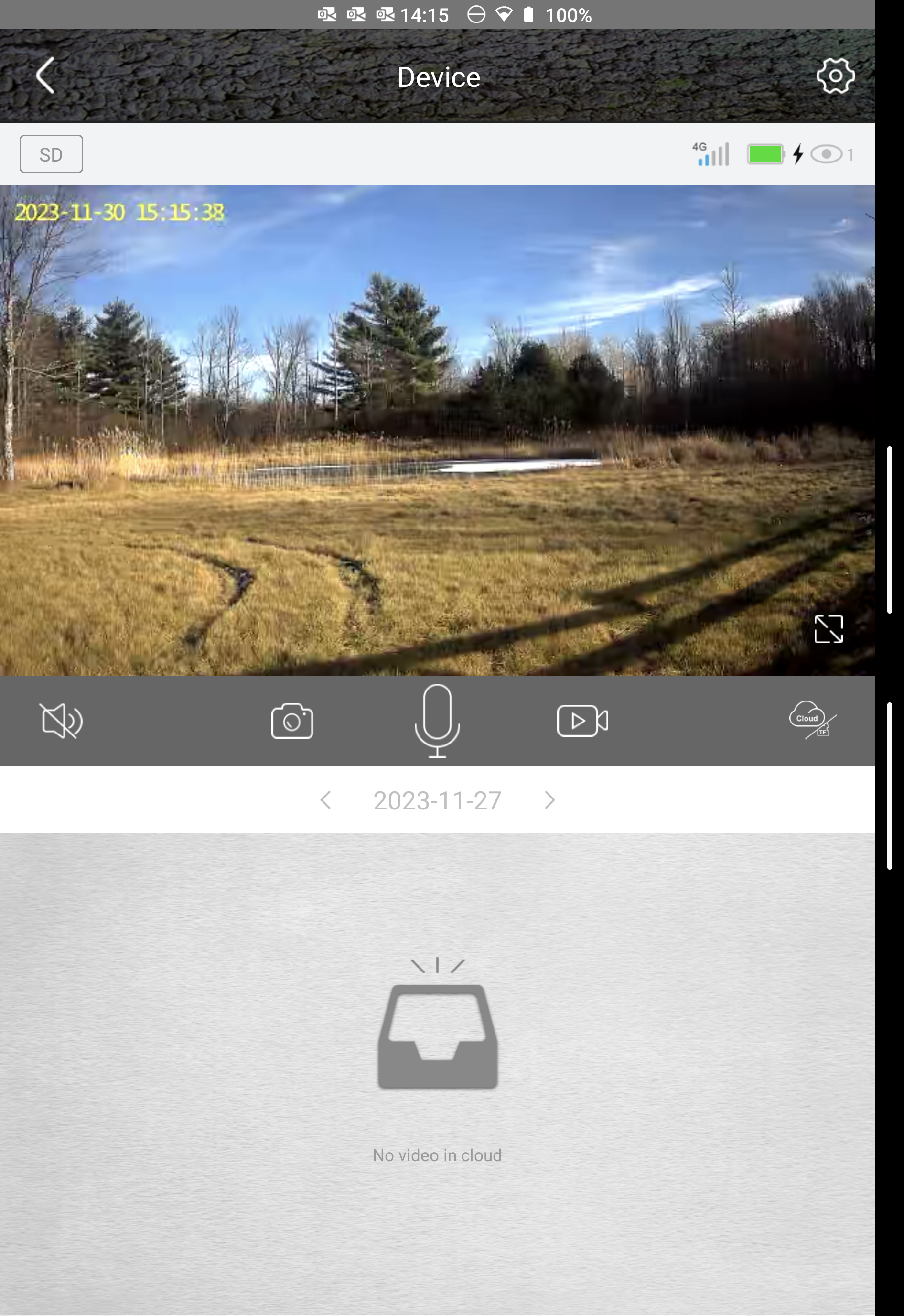
Sehmua 4G LTE 3rd Trail Cam: Final Verdict
It’s hard to recommend this product given its shortfalls with SIM and solar panel issues I experienced, while it does deliver great video for the price range the additional features are kinda useless for where I live in not-so-sunny upstate New York. The upgraded panel does fix that issue but that comes at an extra cost. Maybe the vendor could sell an upgraded package with larger communication antennas and a larger solar panel. I haven't tried, but I do wonder if some aftermarket antennas would do the trick and help with that.
The app needs LOTS of work to make it flow well, saying that it does do the job once you figure out where everything is hidden.
For a sub $200 trail cam there are better options out there if you just want SD card video or picture images of wildlife or activity, if you live in a sunny or warmer climate (think Texas) then I'm sure this trail cam will knock it out of the park.
